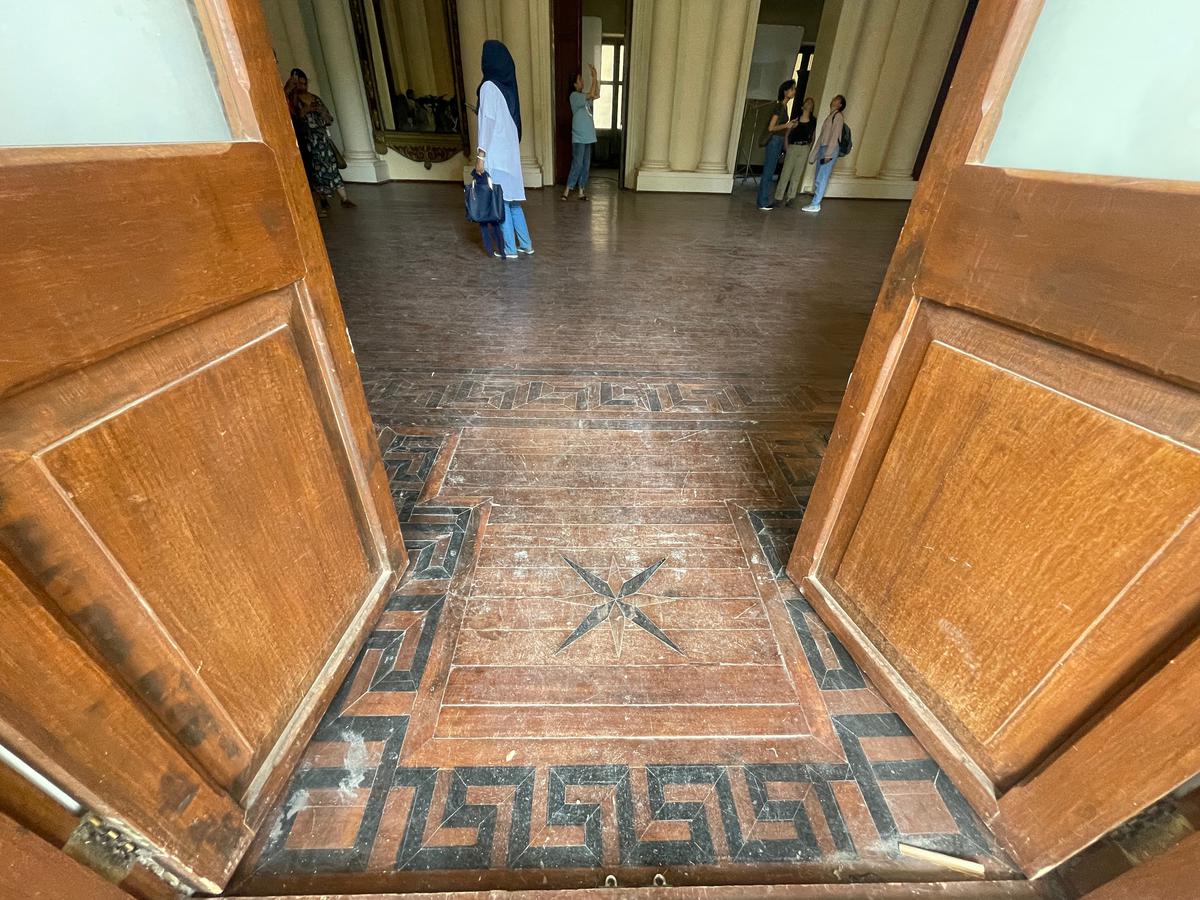
Film crews leave restored Residency building with scratches and scuffs
The Hindu
HYDERABAD
Visitors to the Koti Women’s College, the erstwhile Residency Building, are now surprised to see trail marks left behind by film crews that drag lights, tripods and other cinematography paraphernalia across the floor.
The wooden flooring of the building has been restored over the past few years as has the compressed paper ceiling and the main Darbar Hall. The building has been thrown open to visitors as well for the shoot of web series and movies. According to sources, one Telugu movie maker has been recently penalised ₹5 lakh for damage to the plastering. The other damage can be seen on the parquet flooring of the grand Darbar Hall. Outside that, the mosaic ceramic tiles also bear traces of damage.
The shoot of films and web series is being seen as a source of income for the upkeep of the building. “But it is income at what cost? They are collecting additional money if there is any damage, but that is not reflected in the upkeep,” says a visitor to the site.
To be fair, the staff at the Residency are on their toes as they track of the movement of movie crew during shoots. The worst part of the deal is that the premises is off limits for visitors on days filmmakers hire it for shoots. Any break during a shoot sees a steady stream of junior artistes rushing out to ease themselves in the surrounding areas, including the cemetery near the dilapidated Rang Mahal building.
“There are hundreds of other spots in the city for film shoots. Or shoot should be allowed from outside. The Residency should be turned into a museum of city’s memory,” says architect Sibghat Khan.
The Residency Building was thrown open to visitors only recently following restoration. Visitors can book online tickets and turn up at the venue and see the architectural marvel built in the early years of 19th century. The upper floor of the building has been turned into an exhibition that showcases the restoration effort and sketches the evolution of the building and the rise of British power in Nizam’s dominion.













